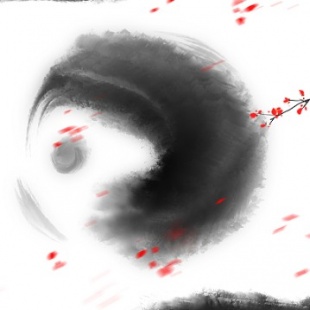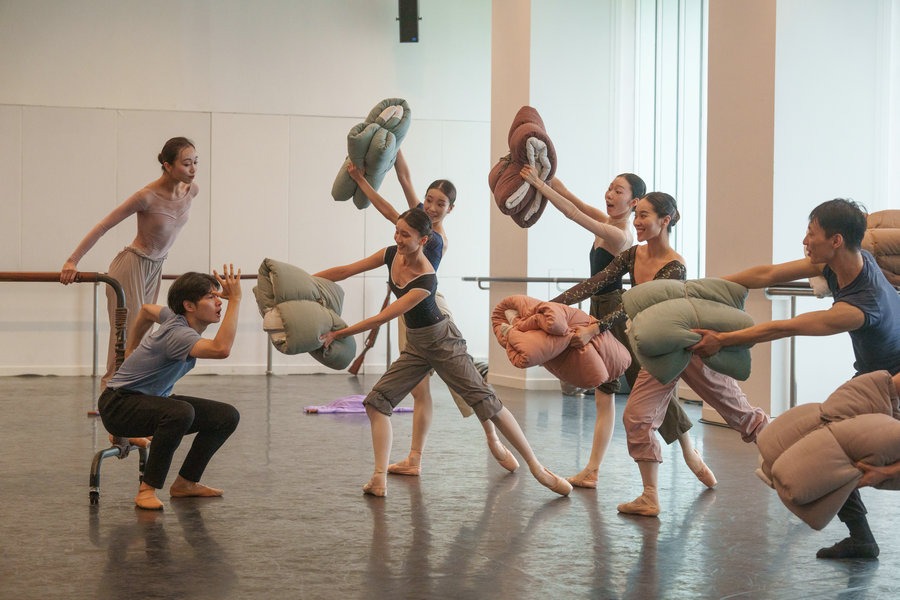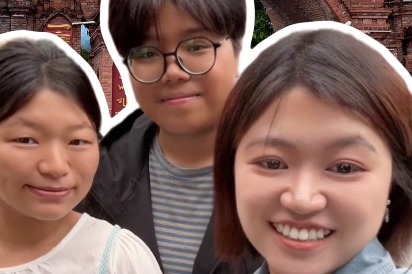Investing in this treasure needs work, dedication

Treasure collectors like myself delight in discovering something new that glistens, glimmers or glows. Rare is the moment, however, when we realize that an item long in our possession is of value beyond estimation.
Yet that is what occurred on Dec 17 when an international authority declared a certain something that is cherished worldwide to be of supreme value.
This treasure isn't one we can put in a pouch, box or case that we keep near, though it is nonetheless held quite close, being carried in the heart.
Nor can its full value be as readily assessed as that of silver and gold, rubies, opals and pearls.
This intangible treasure, which was internationally recognized as such this month, is China's perennially intriguing and highly beneficial taijiquan, the health, meditation and martial art known more widely as tai chi.
UNESCO, the United Nations agency that acknowledges the world's great treasures, has declared that tai chi is among the planet's priceless intangible heritages, and I couldn't agree more.
My own experience since 1985 with tai chi, whose origins are traced to the 1600s but whose roots go back further still, took me through a cross-cultural door in 2011.That is when, by being initiated as a disciple, or indoor student, of grandmaster Chen Zhenglei in a formal, traditional ceremony, I became an inheritor of this treasured art. Master Chen is a direct descendant of Chen Wangting, the historically recognized creator of tai chi, which today comprises the five major styles of Chen, Yang, Wu, Wu Hao and Sun.
Though becoming a disciple has put on my shoulders the big responsibility shared by each and every tai chi heir, my master is an inheritor in a much, much bigger way, through both his birthright and his lifelong dedication to, and steadfast practice of, the art.
Master Chen was born in 1949, the same year the People's Republic of China was founded, and began learning tai chi at the age of 8 from his uncle, the renowned Chen Zhaopei.
It was my master and three others-his cousin Chen Xiaowang as well as Wang Xian and Zhu Tiancai-who were tasked with reviving and spreading Chen style tai chi, which was practiced at that time only in Chenjiagou (also known as Chen village). The hard work of these four in globally promoting Chen-style tai chi, the original style that had long been eclipsed by the popularity of the style derived from it, Yang tai chi, led to the masters being known as "the four tigers of Chen village".
Though it is now as popular as the Yang style, if not more so, Chen tai chi, the original style-distinguished by, among other things, its constant coiling and pronounced martial flavor-actually floundered and nearly vanished just before the four tigers took up training.
Their dedication to the clan's signature heritage kept the multigenerational chain of this intangible treasure intact. They set the standard for all who follow in their giant footsteps.
So how do today's inheritors, as links between the past and future, keep the flame of tai chi burning ever brighter?
Speaking as a longtime collector of treasures ranging from gemstones and gold to carved olive cores and rare blue amber, I know well the cardinal rule of preserving such valuables: Handle with care.
That means honoring tradition, keeping intact the intent, flavor, principles and techniques of tai chi, and, by emulating as precisely as possible our masters-just as they were true to the teachings of their own masters-passing the art down in as pure a form as humanly possible.
That is no small order.
Thankfully, in addition to an abundance of books written by the great masters of tai chi over the years, we have technology on our side as well. Videos abound, and livestream classes allow people around the world to watch, learn from and interact with the leading proponents of tai chi, including the four tigers, who are tireless teachers and prolific writers.
The prospects for tai chi, therefore, will be rosier still, and the incentive to protect this heritage even stronger, now that UNESCO has added this art of Chinese origin to the list of the world's irreplaceable treasures.






































